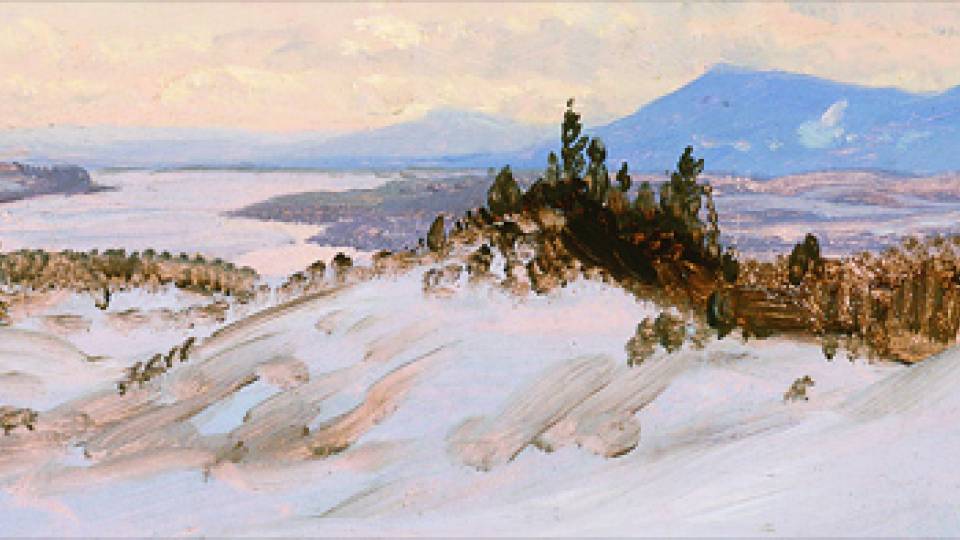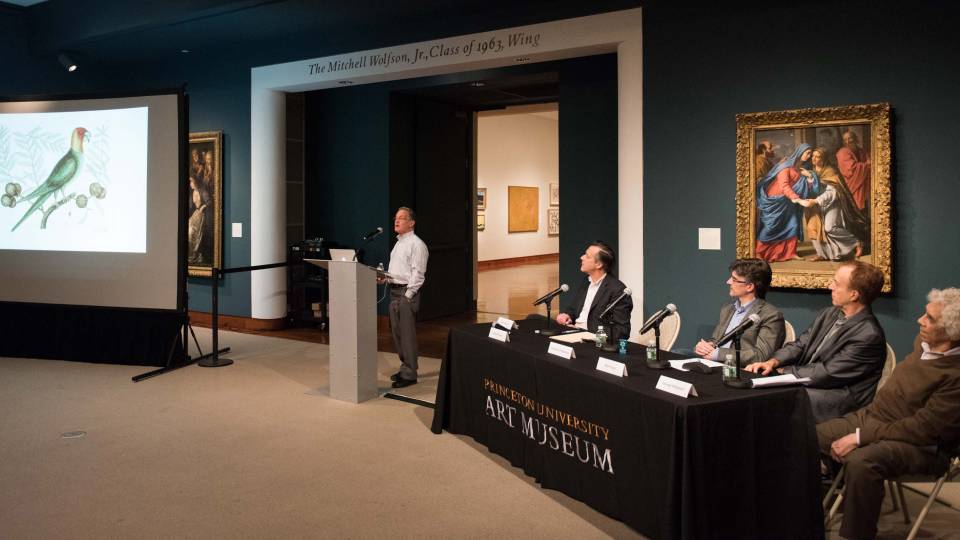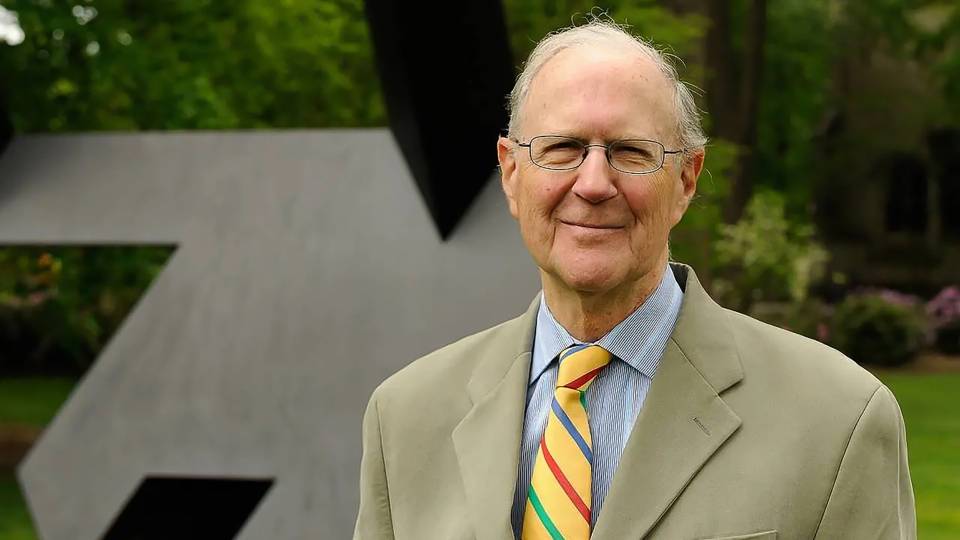“Nature’s Nation: American Art and Environment,” on view through Jan. 6, 2019, at the Princeton University Art Museum, explores for the first time how American artists of different traditions and backgrounds have both reflected and shaped environmental understanding while contributing to the development of a modern ecological consciousness.
In the video above, co-curator Karl Kusserow, the John Wilmerding Curator of American Art, provides an overview of how that consciousness changed from 19th-century painter Thomas Cole to today's artists.
"Artists dealing with environmental themes today are appropriately and even necessarily expansive in both their methods and in the subjects they engage because we now know that environmental effects and issues are truly global in scale," Kusserow said.
The exhibition features more than 120 paintings, sculptures, prints, drawings, photographs, videos and works of decorative art, from the colonial period to the present. The works reflect a wide range of genres and historical contexts — from colonial furniture to the art of Jeffersonian natural science, from Hudson River landscape painting to Native American basketry, from Dust Bowl regionalism to modernist abstraction and postwar environmental activism — highlighting the evolving ecological implications of subjects and contexts of creation as well as artistic materials and techniques.
The exhibition has been made possible with leadership support from Shelly Malkin, Class of 1986, and Tony Malkin; Annette Merle-Smith; Henry Luce Foundation; the Princeton Environmental Institute; and the Barr Ferree Foundation Fund for Publications, Department of Art and Archaeology, Princeton University.






